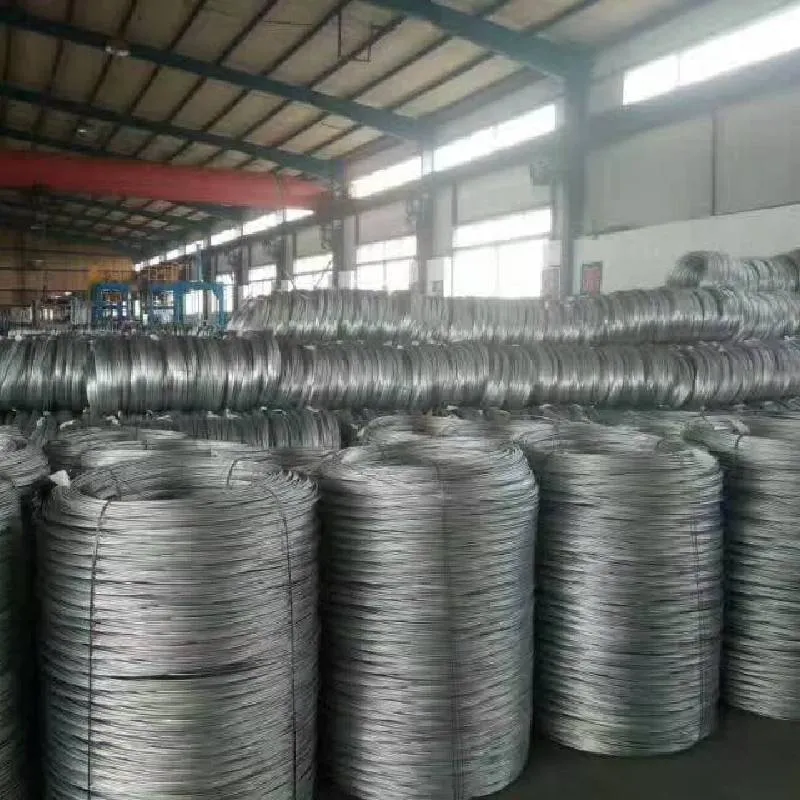
- Mobile Phone
- +8613931874955
- sales@cntcmetal.com
what is a compression spring
What is a Compression Spring?
A compression spring is a mechanical device designed to store energy and exert a force when compressed. These springs are among the most common types found in various applications, ranging from everyday household items to complex industrial machinery. Their primary function is to resist compressive forces, meaning they push back against any load that tries to squash them.
Construction and Design
Compression springs are typically made from coiled wire, with the design allowing for a certain number of coils that can yield to compressive loads. The wire used in these springs can be made from various materials, including stainless steel, carbon steel, and alloys, which impart strength and flexibility. The diameter of the wire, the number of coils, and the overall size of the spring can all be customized to meet specific requirements, depending on the application it is intended for.
The geometry of a compression spring is crucial for its performance. Each spring is defined by several key parameters free length (the spring's length when not under load), compressed length (the length when fully compressed), outer diameter, and spring rate (the amount of load required to compress the spring by a certain distance). The spring rate is a critical factor in determining how a compression spring will behave under load, and it is calculated as the ratio of the spring's load to its deflection.
Functionality and Applications
The fundamental principle of a compression spring is based on Hooke's Law, which states that the force exerted by a spring is proportional to the distance it is compressed. This property makes compression springs ideal for energy storage applications, where they can absorb energy during compression and release it when allowed to expand.
what is a compression spring

Compression springs are widely used in various applications, including automotive components, where they serve as shock absorbers in suspensions and provide force in brake systems. In consumer products, they can be found in mechanisms such as pens, mattresses, and toys. Additionally, compression springs play an essential role in industrial machinery, where they help maintain constant pressure in hydraulic systems and support other mechanical operations.
Advantages of Compression Springs
One of the primary benefits of using compression springs is their ability to handle significant loads while maintaining compact dimensions. This feature allows engineers to design efficient machines and devices while minimizing the required space. Moreover, compression springs are relatively simple to manufacture and can be produced in large quantities, making them a cost-effective choice for various applications.
Additionally, compression springs can be designed to function in extreme environments, including high temperatures and corrosive surroundings. This versatility further enhances their applicability across diverse industries, ensuring reliable performance in challenging conditions.
Conclusion
In summary, compression springs are fundamental components in mechanical engineering and design. Their ability to store and release energy under compression makes them indispensable in a wide array of applications. Whether it be in personal gadgets or sophisticated industrial systems, understanding the functionality and importance of compression springs is essential for engineers and designers alike. As technology advances, the design and application of compression springs will continue to evolve, contributing to innovations across various sectors.
share:
-
Yard Sign Stakes: Reliable Guardians of Outdoor SignsNewsAug.04,2025
-
Wall Ties: Invisible Guardians of Building StabilityNewsAug.04,2025
-
Resilient Web: The Super Guardian Power of Concrete MeshNewsAug.04,2025
-
Masonry Accessories: A versatile assistant on building foundationsNewsAug.04,2025
-
Iron Binding Wire: the 'invisible reinforcement specialist' in the fields of architecture and industryNewsAug.04,2025
-
Dynamic Spring: The diverse functions and excellent performance of Wire Tension SpringNewsAug.04,2025
-
Your Source for Concrete Wall Ties and Masonry AccessoriesNewsJul.10,2025



















